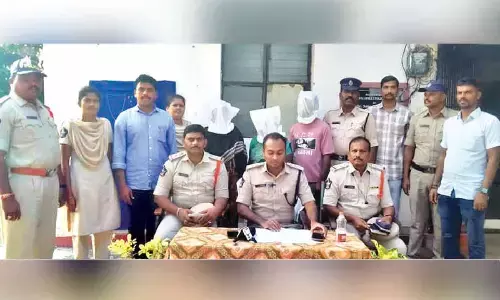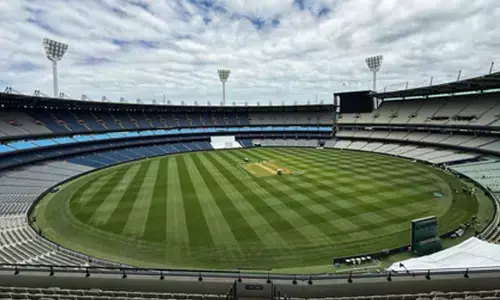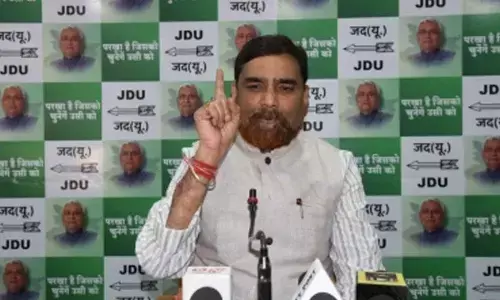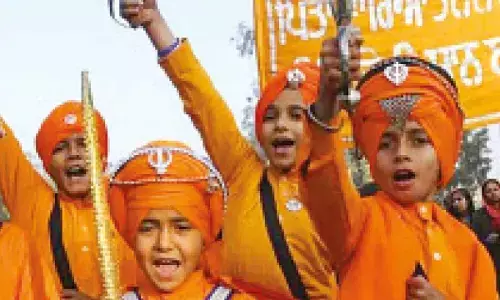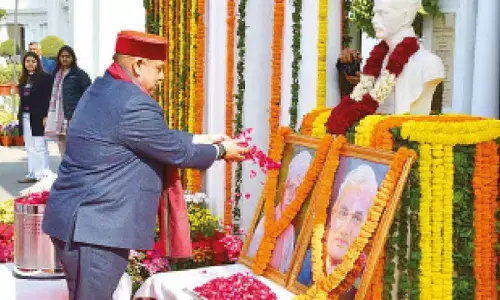Structure and functioning of governance apparatus in post-Independence India - Part I
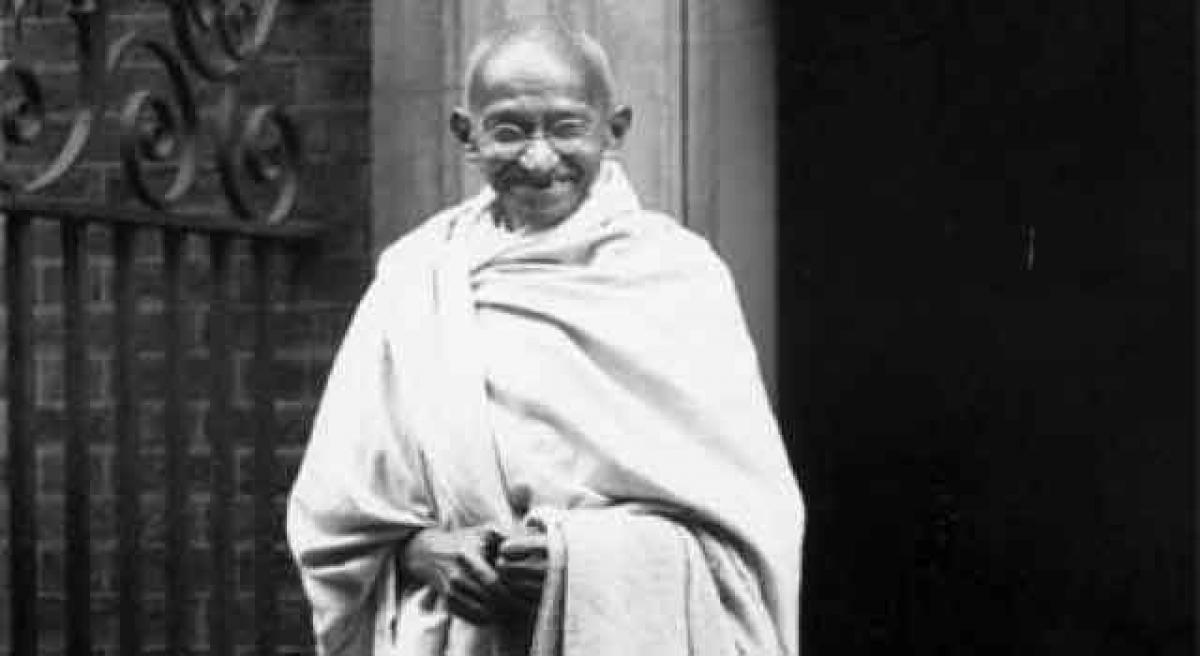
It is now more than 70 years down the line after a historic non-violent movement won Independence for the country freeing it from the clutches of colonial rule.The democratic form of government chosen by the makers of the Constitution of India has struck firm and deep roots.
It is now more than 70 years down the line after a historic non-violent movement won Independence for the country freeing it from the clutches of colonial rule.The democratic form of government chosen by the makers of the Constitution of India has struck firm and deep roots.
Also, within India and the world over, the concept of good governance has gained increased recognition over the past two decades and more. Good governance means much more than the merely institutions and the precepts that inform the manner in which theydischarge their responsibilities.
It is notjust about efficient and prompt delivery of the goods and services to the citizens. It is a process;a process whose quality touches and impacts upon every aspect of life at different levels and indifferent dimensions.
It is a goal to be realized as part of the process of growth and development of the nation; in the socio-economic, political, cultural fields and also in the responsive and competent functioning of all the wings of the states - the legislature, the judiciary and the executive at all levels.
“For forms for government let fools contest. Whatever is best administered is best”, said Alexander Pope.
What, then, is “best”? According to me the answer can be found in many places. The simplest definition, however, was given by Mahatma Gandhi who said “not even God would dare to appear to a hungry man except in the form of bread”.
Taking Gandhiji’s philosophy a little further, a government has many fundamental responsibilities to discharge to the people it exists to serve apart from guarding the sovereignty of the nation, maintaining law and order and performing essential functions such as establishing good diplomatic relations with other countries and managing the physical and financial aspects of the economy.
A good government is clearly expected to ensure that all citizens have access to basic human requirements such as drinking water, nutritious food, good education, health and medical care, housing and a remunerative livelihood.
The form and structure of the apparatus of the state in India followed the concepts introduced by the Constituent Assembly, into the Constitution of India through the preamble and the various articles.
The Indian constitution was fashioned on the lines of several existing models elsewhere in the world at that time, particularly the USA, the UK and, to some extent, France.
Some of the most important features of the Indian constitution are :
- It is unitary in content while being federal in genesis and form.
- Separation of powers, as between the executive, the legislature and thejudiciary, and the provisions that spell out the checks and balances between them.
- This division of legislative powers, as between the union government and the states, through the union list, the state list and the concurrent list.
- The fact that residual powers remain with the union is another feature of the essentially unitary character of the constitution.
- So is the power of Parliament to modify or alter the boundaries of the states.
- Maintenance of the distinction between the government and the state.
- The listing out of fundamental rights (to which the right to education and the right to work have recently been added).
- Also provided are Directive Principles of State Policy which are expected to guide public policies to be laid down by the central and state governments without actually creating rights that are justiceable.
- And, important in this context, article 311 which, uniquely in the world, provides special safeguards for members of the civil services, of the union as well as the states.
An interesting aspect of the evolution, over time, of constitutional institutions in India has been the acceptance of the expanded role of the judiciary over and above what was originally envisaged. In its landmark judgment in the KesavanandBharati case the Supreme Court laid down a new doctrine of the “basic structure” of the constitution.
As a result the power vested in Parliament to amend the Constitution of India can no longer extend to curtailment of that basic structure – which includes chapter-III in which the fundamental rights of citizens are enumerated.
Since then there have been many judgments of the Supreme Court that have had the effect of that Court being accorded the role of a forum not merely for testing the constitutional validity of laws made by Parliament or the state legislatures, but also for handing down rulings that have had the force of law - the recent judgments in regard to the rights of “trans-gender” persons and the children of “live-in” parents are striking examples.
Some other examples of that proactive role are directions/verdicts in a host of issues such as ensuring the use of Compressed Natural Gas (CNG) by public transport vehicles in New Delhi, ordering the venues of cricket matches out of drought affected areas, entry of women into temples and a suomotu examination of the constitutional validity of the Muslim Talaq law.
On occasion (such as the position adopted by the court in regard to the constitution of the National Judicial Appointments Commission - NJAC) there has also been some discomfort in the relationship between the executive and the judiciary.
Similarly the boundaries separating the constitutional mandates of Parliament and the government have also been redrawn from time to time. The Members of Parliament Local Area Development Scheme (MPLADS) is an instance of legislators being given a direct role in a sphere that would normally have belonged exclusively to the administration.
Civil servants discharging magisterial functions (members of the IAS as sub-divisional magistrates, additional magistrates and district magistrates and those of the IPS entrusted when entrsuted similar functions in commissionorates of police are examples) or quasi judicial functions in certain posts,
the central and state governments making rules under acts passed by Parliament or the state legislatures (rules which have statutory force and are subsequently tabled in Parliament or the state legislatures as the case may be), are illustrations of the executive performing what amount a legislative actions.
By: Dr MOHAN KANDA









